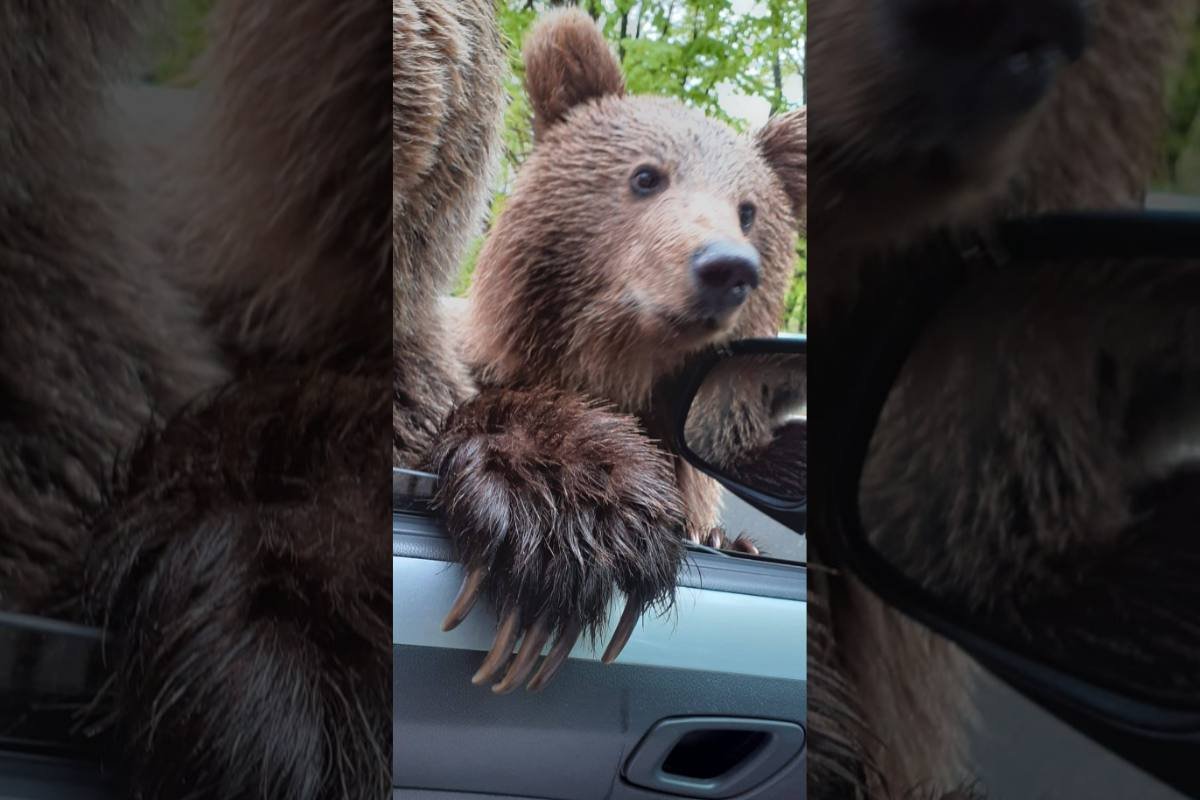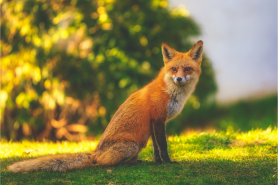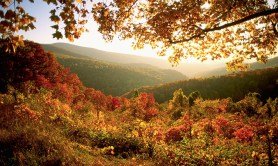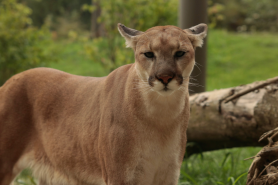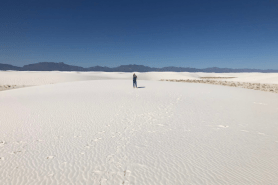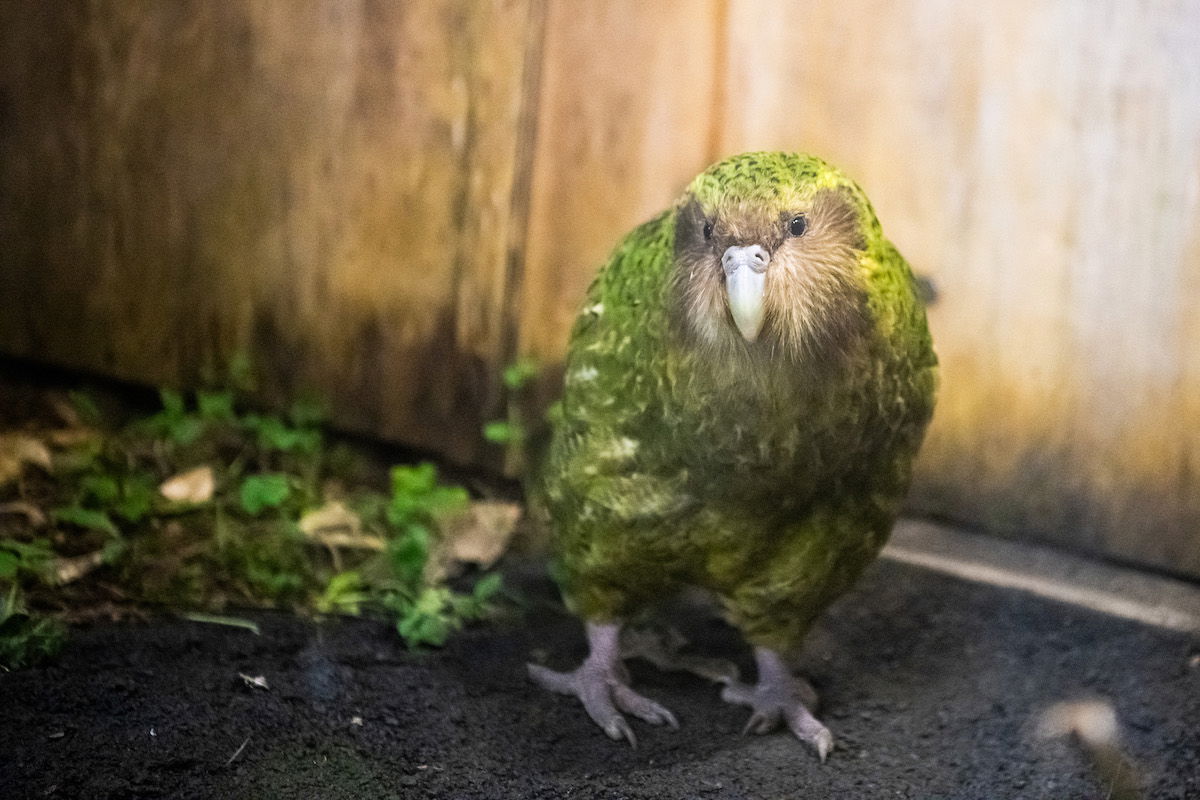

New Zealand is an incredible place, full of rolling green hills, dramatic glacier-carved valleys, and dozens of volcanoes. The country is special for many reasons, including its spectacular wildlife. There are many unique species that call New Zealand home—from the iconic kiwi bird (the reason New Zealanders are lovingly called “kiwis”) to yellow-eyed penguins (that really do have yellow eyes).
Here are five of the many unique animal species endemic to New Zealand. You won’t find them anywhere else on Earth.
Kiwis
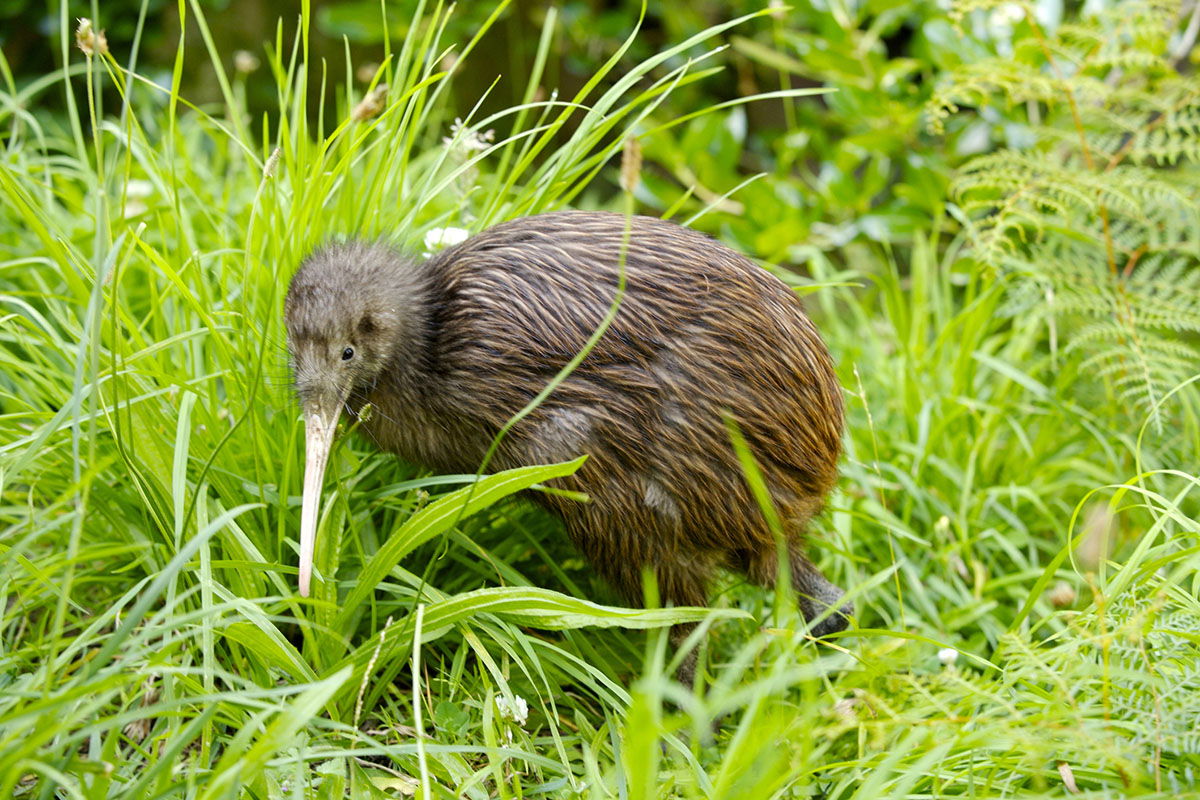
Kiwis are small, flightless birds with long, thin beaks. They are very special to New Zealanders, who even refer to themselves as “kiwis” and welcome others to do the same. There are five different species—the brown kiwi, the great spotted kiwi, the little spotted kiwi, the rowi, and the tokoeka.
Kiwis are related to emus, cassowaries, and the extinct moa bird. Kiwi populations are threatened, sadly, due in part to human impacts on their habitats. Female kiwis lay large eggs that weigh up to 20% of their own body weight.
Kākāpōs

Another flightless bird, the kākāpō, is an odd sort of parrot that waddles around and can climb trees. Kākāpōs are green and heavy, as far as birds go, and, in fact, they’re the heaviest parrots around, with males weighing almost 5 lbs (2.2 kilos). They’re nicknamed the “owl parrot” because their faces look owl-y—and also because they’re nocturnal.
Kākāpōs live as long as 90 years, and they’re the only “lek-breeding” parrot species in the world, which means the males all get together and put on a show for the females. The kākāpō’s mating call is booming, but its species is in trouble. Humans must work together to preserve this unique species or it will be lost forever.
Tuataras
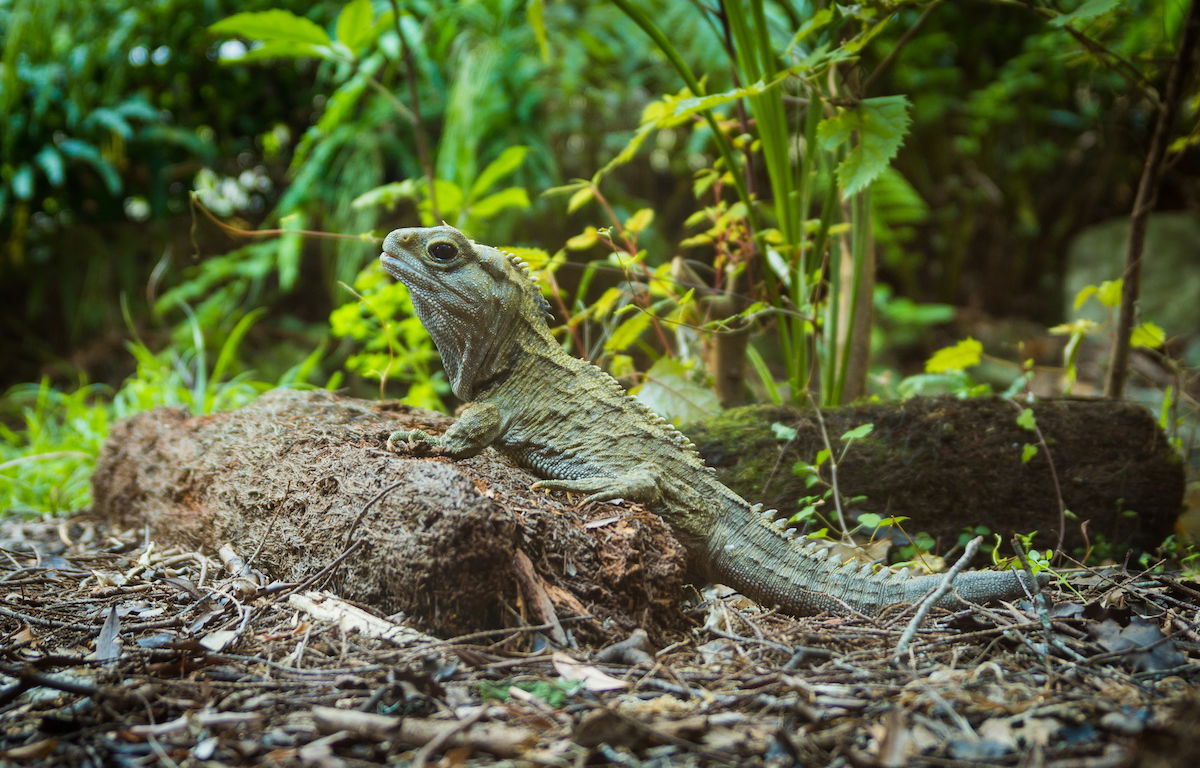
The last surviving member of an ancient group of reptiles, the tuatara isn’t technically a lizard; it belongs to the order Rhynchocephalia, and its ancestors walked alongside dinosaurs. Tuataras have a characteristic row of spikes along their necks and backs that they can erect to make a statement. These lizard-ish creatures also have a light-sensitive organ—a “third eye”—that sits atop their head to help them regulate their circadian rhythm.
Like kākāpōs, tuataras can live for a long time, possibly 100 years or longer, and they don’t stop growing until they’re about 35. Once prevalent in New Zealand, tuataras now only occur naturally on islands surrounding the mainland.
Hector’s Dolphins
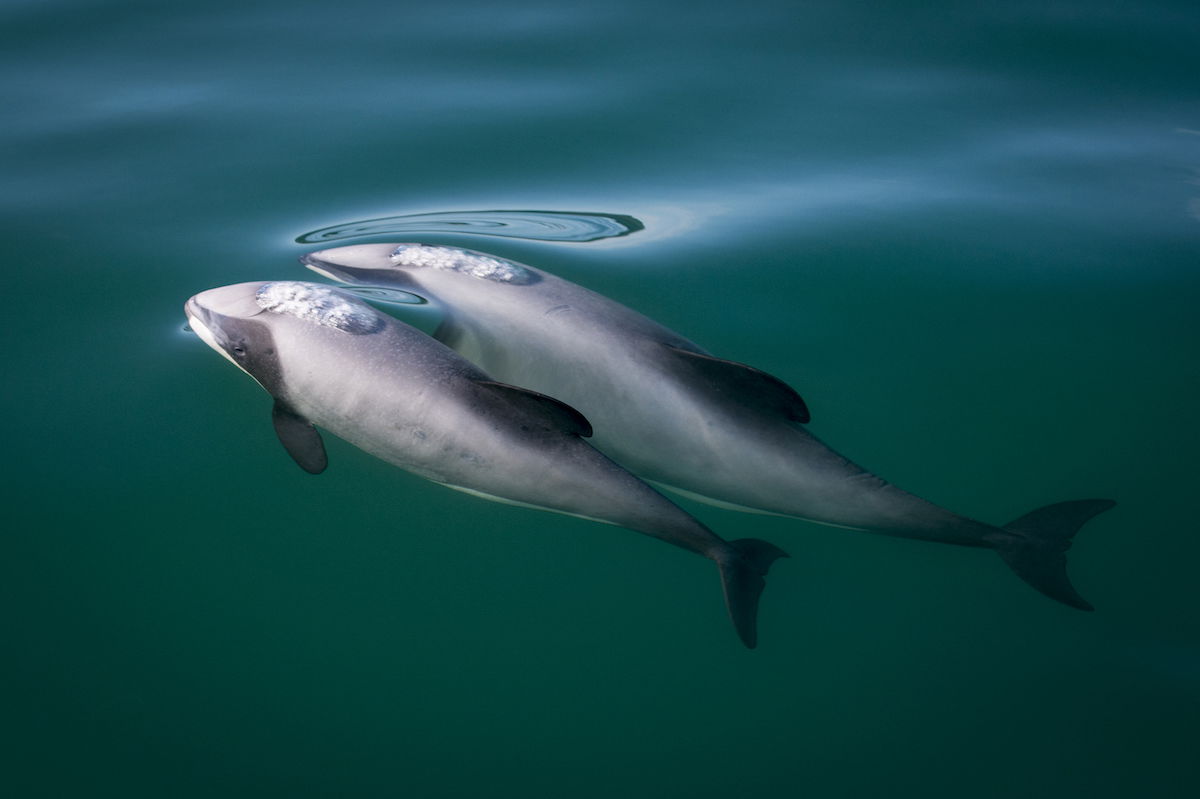
Hector’s dolphins are adorable little dolphins (about 5 feet long) that are only found in the coastal waters surrounding New Zealand—especially New Zealand’s South Island. They have sleek gray bodies with unique black and white markings, including black markings on the face. Unlike most other dolphins that have pointed dorsal fins, Hector’s dolphins’ dorsal fins are rounded and black. Their snouts are much less pronounced than many other dolphin species. They’re very similar to another dolphin species, which is also endemic to New Zealand: the Māui dolphin.
Yellow-Eyed Penguins

Known to New Zealand’s native Māori people as hoiho, the yellow-eyed penguin is one of the rarest penguin species on Earth—and, yes, these penguins have yellow eyes (and yellow feathers around their eyes, too). Not your typical penguin species of Antarctica, yellow-eyed penguins live on New Zealand’s South Island and surrounding isles, and they do not nest in colonies.
Hoiho translates in English to “noise shouter,” and the Māori must have thought that was an appropriate name for these striking birds because of the shrieky way they call for their mates.
